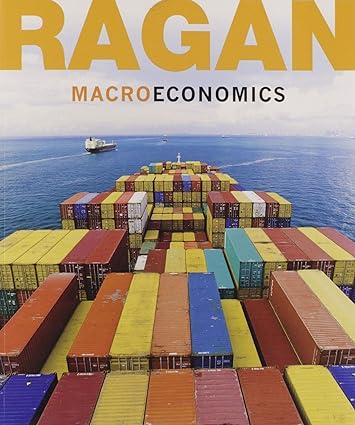Fill in the blanks to make the following statements correctly reflect the theory developed in this chapter.
Question:
Fill in the blanks to make the following statements correctly reflect the theory developed in this chapter.
a. Monetary equilibrium occurs when the quantity of _________ equals the quantity of _______ Monetary equilibrium determines the
b. When there is an excess supply of money, households and firms will attempt to _______ bonds.
This action will cause the price of bonds to _________ and the interest rate to ________.
c. When there is an excess demand for money, households and firms will attempt to ________ bonds. This action will cause the price of bonds to _______ and the interest rate to _____________.
d. The __________ ___________ ___________ refers to the three stages that link the money market to aggregate demand. The first link is between monetary equilibrium and the _______ ; the second link is between the _________ and desired _________ ; the third link is between desired __________ and __________
e. Suppose the economy is in equilibrium and then the Bank of Canada increases the money supply. The first effect will be an excess _________ of/for money, which will then lead to a(n) ___________ in the interest rate, which will in turn lead to a(n) _________ in desired investment.
f. Suppose the economy is in equilibrium and the Bank of Canada decreases the money supply. The first effect will be an excess _________ of/for money, which will lead to a ________ in the interest rate, which will in turn lead to \(\mathrm{a}(\mathrm{n})\)___________ in desired investment.
g. Through the monetary transmission mechanism, a rightward shift of the \(A D\) curve can be caused by \(\mathrm{a}(\mathrm{n})\) __________ in the money supply; a leftward shift of the \(A D\) curve can be caused by a(n) ____________in the money supply.
h. In an open economy with capital mobility, an increase in the money supply causes interest rates to which leads to __________ a capital outflow.
This causes a(n) __________ of the Canadian dollar and thus to \(\mathrm{a}(\mathrm{n})\) ___________ in net exports, which leads the \(A D\) curve to shift ___________.
Step by Step Answer:






